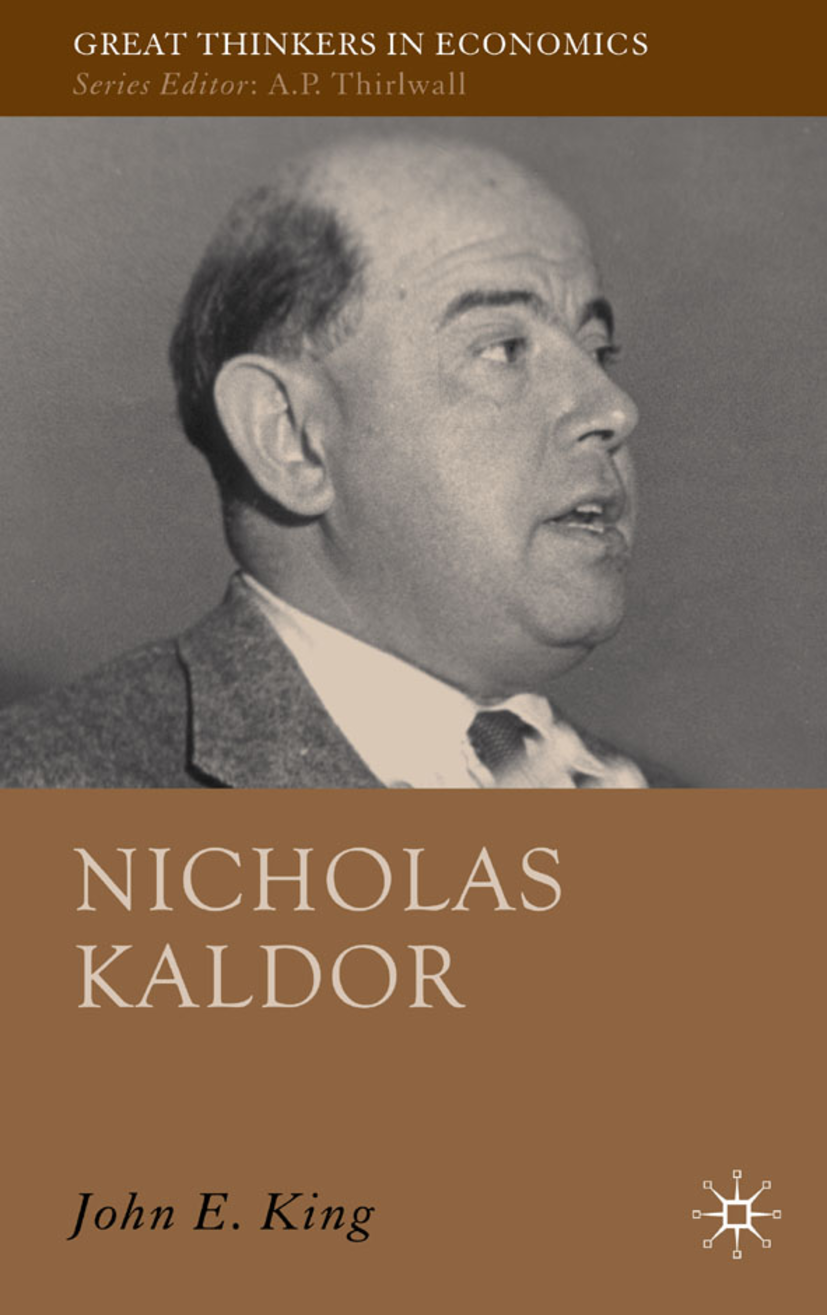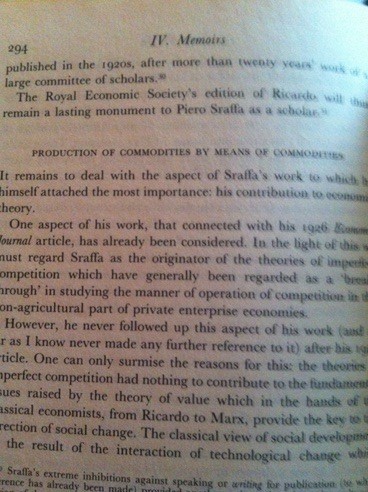There’s a new short biography of Nicholas Kaldor titled Nicholas Kaldor’s Economics: A Review by Luis Gomes. The author reminds of Kaldor’s proposals for the world as a whole, something which is highly needed today more than ever (and something I regularly refer to):
In 1984 Nicholas Kaldor gave a series of lectures in Italy, which become a posthumous book in 1996. These lectures [“Causes of Growth and Stagnation in the World Economy” … ] presented an integrated set of policies with which to tackle economic problems. In this series of lectures, Nicholas Kaldor commented on the four basic principles for good macroeconomic administration: (i) it is needed a coordinated fiscal action which include a set of targets for a balanced balance of payments and a full employment budget; (ii) the interest rate should be the lowest possible: (iii) it is important to prevent the volatility of international commodity prices (via stocks and via an international currency) (iv) it is necessary to overcome chronic inflation trends under full employment, due to the system of adjusting wages via sectoral collective agreement …
There are many biographies (from short articles to full papers) and I thought I should list them:
- A short article titled Portrait: Nicholas Kaldor by Luigi Pasinetti, published in 1981 published in Challenge.
- Luigi Pasinetti’s Nicholas Kaldor: A Few Personal Notes, published in 1983.
- Anthony Thirlwall’s 1987 book titled Nicholas Kaldor,
- Anthony Thirlwall’s 1987 article Nicholas Kaldor 1908–1986. Republished 1991 in the book Nicholas Kaldor And Mainstream Economics Confrontation Or Convergence? and again in 2015 in the book Essays On Keynesian And Kaldorian Economics.
- Geoffrey Harcourt’s article Nicholas Kaldor, 12 May 1908–30 September 1986 published in 1988 in Economica and republished in the book Post-Keynesian Essays In Biography by Harcourt himself.
- Ferdinando Targetti’s 1992 book Nicholas Kaldor: The Economics And Politics Of Capitalism As A Dynamic System.
- Marjorie Shepherd Turner’s book Nicholas Kaldor And The Real World published in 1993.
- Anthony Thirwall’s section Nicholas Kaldor, A Biography in Nicholas Kaldor’s book Causes Of Growth And Stagnation In The World Economy published posthumously in 1996.
- Adrian Wood‘s entry Kaldor, Nicholas (1908–1986) in The New Palgrave Dictionary Of Economics published in 2008.
- John E. King’s book Nicholas Kaldor published in 2008.
- Luigi Pasinetti’s chapter Nicholas Kaldor (1908–1986): Growth, Income Distribution, Technical Progress in his book Keynes And The Cambridge Keynesians: A ‘Revolution in Economics’ To Be Accomplished, published in 2009.
- John E. King’s chapter Nicholas Kaldor (1908–1986) in the book Handbook On The History Of Economic Analysis Volume I published in 2016.
- John E. King’s chapter Nicholas Kaldor (1908–1986) in The Palgrave Companion To Cambridge Economics published in 2017. (h/t Marc Lavoie).
Apart from the above, following are useful to know about Nicholas Kaldor, although can’t be described as biography:
- Introduction by Ferdinand Targetti and Anthony Thirlwall to the book The Essential Kaldor, a collection of papers of Kaldor, published in 1989.
Have I missed any?


